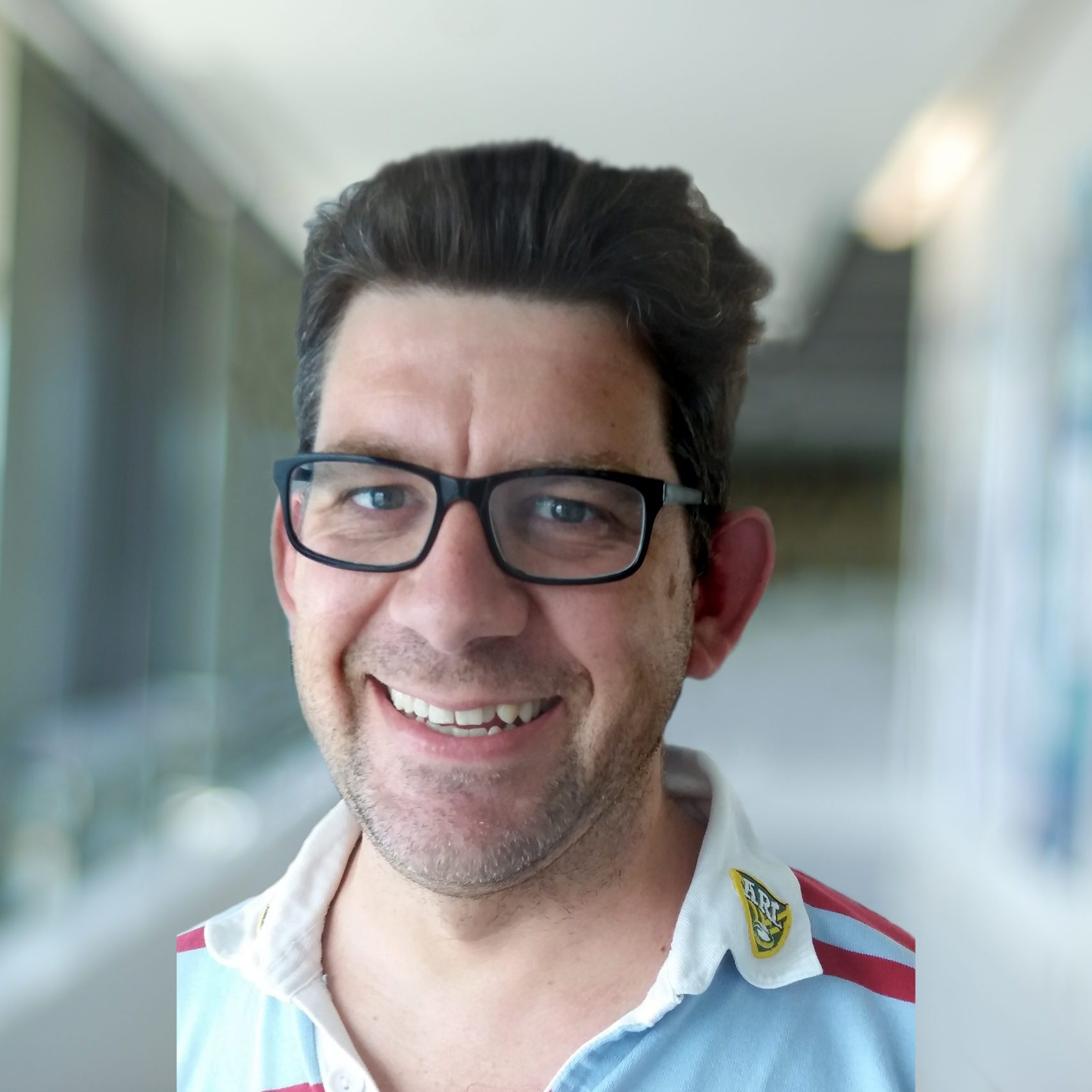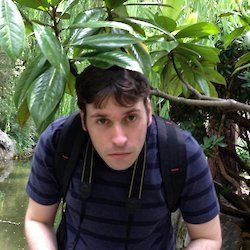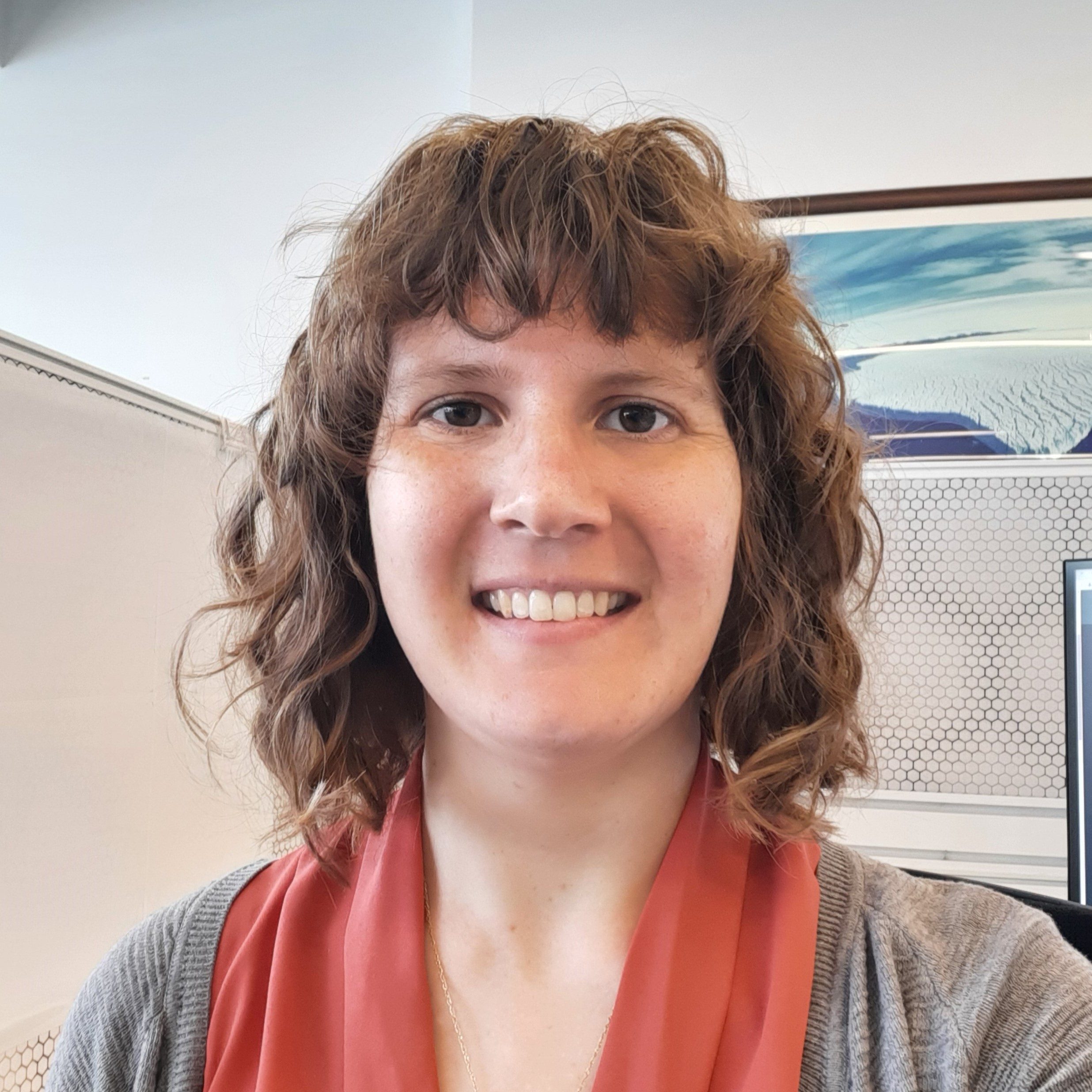
SCOTT MEYERINK
Sea-going Trace Element Chemist
Current AAPP Activities:
My responsibilities include the preparation of equipment for aerosol and marine based sampling and the day to day support of AAPP and ARC supported trace element groups. I am actively involved in the discovery project ‘Dust to the Southern Ocean: Does it really increase productivity?’ where I work with the primary investigators to support all laboratory and field tasks.
Current AAPP Activities:
My responsibilities include the preparation of equipment for aerosol and marine based sampling and the day to day support of AAPP and ARC supported trace element groups. I am actively involved in the discovery project ‘Dust to the Southern Ocean: Does it really increase productivity?’ where I work with the primary investigators to support all laboratory and field tasks.
Biography
I obtained my Masters degree in Oceanography at the University of Southampton (UK) in September 2010, and completed a PhD in Marine Biogeochemistry at the Australian National University (Australia), where I investigated the effects of iron availability on nutrient uptake in marine diatoms. This work was undertaken as part of a larger project investigating the role the Southern Ocean plays in regulating global climate.
My professional experience includes a supervisory role at an environmental laboratory in Berrimah, Darwin, where I was responsible for the routine analysis of environmental (water) and geological samples for a wide range of clients.
My research interests include the cycling of trace elements in natural waters and their interactions with phytoplankton and analytical techniques related to detection of trace elements and their isotopes. I also have an active interest in water quality principals and EPA legislation.
Scientific Committee Memberships
| RACI Member since 2013 |
Selected Publications
| Meyerink, S.W., Ellwood, M.J., Maher, W.A., Price, G.D. and Strzepek, R (2017). Effects of iron limitation on silicon uptake kinetics and elemental stoichiometry in two Southern Ocean diatoms, Eucampia antarctica and Probocia inermis, and the temperate diatom Thalassiosira pseudonana. Journal of Limnology and Oceanography, doi: 10.1002/lno.10578. |
| Meyerink, S.W., Ellwood, M.J., Maher, W.A., Strzepek, R (2017). Iron Availability Influences Silicon Isotope Fractionation in Two Southern Ocean Diatoms (Proboscia inermis and Eucampia antarctica) and a Coastal Diatom (Thalassiosira pseudonana). Frontiers in Marine Science, doi: 10.3389/fmars.2017.00217. |
| Meyerink, S.W., Boyd, P.W. Maher, W.A., Milne, A., Strzepek, R., Ellwood, M.J. (2018) Putting the silicon cycle in a bag: Field observations of silicon isotope fractionation in subtropical waters east of New Zealand. Marine Chemistry, 213, 1-12. https://doi.org/10.1016/j.marchem.2019.04.008. |

Current AAPP Activities:
Chris Plummer focuses on developing techniques for continuous flow analysis of ice cores in support of Australia’s efforts to retrieve the oldest Antarctic ice. Chris also continuous to develop ice core timescales for existing ice core datasets through layer counting and modelling.
Current AAPP Activities:
My current work focuses on developing techniques for continuous flow analysis of ice cores in support of Australia’s efforts to retrieve the oldest Antarctic ice and other ice core research, with particular interest in major trace ion species, water isotopes, gases through a variety of techniques. I also continue development of ice core timescales for existing ice core datasets through layer counting and modelling, and research into volcanic eruptions in ice cores.
Biography
I studied geology at UTAS before completing my Honours in the ice core field. Following this I completed my PhD on the major trace ion chemistry of Law Dome ice cores through the Holocene in 2018. I am interested in the chemical composition of ice cores, and using this as proxies for various climate processes to help develop palaeoclimate records. I am also interested in techniques for measuring various ice core chemical properties, and using this information to develop well resolved timescales for ice cores. Additionally I am interesting in investigating volcanic episodes recorded in ice cores and their historical impacts on climate and people.
Selected Publications
| An independently dated 2000-yr volcanic record from Law Dome, East Antarctica, including a new perspective on the dating of the 1450s CE eruption of Kuwae, Vanuatu; Plummer, CT, Curran, MAJ, van Ommen, TD, Rasmussen, SO, Moy, AD, Vance, TR, Clausen, HB, Vinther, BM, Mayewski, PA, Climate of the Past, doi:10.5194/cp-8-1929-2012 |
| Sub-1 mL sample requirement for simultaneous determination of 17 organic and inorganic anions and cations in Antarctic ice core samples by dual capillary ion chromatography, Estrella Sanz Rodriguez, Christopher Plummer, Meredith Nation, Andrew Moy, Mark Curran, Paul R. Haddad Brett Paull, Analytica Chimica Acta, doi.org/10.1016/j.aca.2019.02.014 |
| A 2000-year annual record of snow accumulation rates for Law Dome, East Antarctica; Roberts, J, Plummer, C, Vance, T, van Ommen, T, Moy, A, Poynter, S, Treverrow, A, Curran, M, George, S, Climate of the Past, doi:10.5194/cp-11-697-2015 |
| A Millennial Proxy Record of ENSO and Eastern Australian Rainfall from the Law Dome Ice Core, East Antarctica; Vance, TR, van Ommen, TD, Curran, MAJ, Plummer, CT, Moy, AD, Journal of Climate, doi:10.1175/JCLI-D-12-00003.1 |
Associated links
https://rmdb.research.utas.edu.au/public/rmdb/q/indiv_detail_warp_trans/36370

PAM QUAYLE
Laboratory Manager
Current AAPP Activities:
From trace chemical labs to ice core research, and from WHS to biosecurity – Pam Quayle is responsible for the overall management and operation of the research laboratories used by AAPP staff located at IMAS.
Current AAPP Activities:
Laboratory manager, Biosecurity manager
Biography
TBC

Current AAPP Activities:
My responsibilities include the preparation of sediment traps, support during deployment and recovery voyages, and post-recovery sample analysis involved in the Southern Ocean Time Series project.
Current AAPP Activities:
My responsibilities include the preparation of sediment traps, support during deployment and recovery voyages, and post-recovery sample analysis involved in the Southern Ocean Time Series project.
Biography
I studied environmental science at the University of Leeds, UK before continuing there as a PhD student researching heavy metal contamination in soils. I completed my PhD in 2018 and worked in CROs for several years including undertaking fieldwork for the agrochem industry and carrying out regulatory laboratory experiments for pharmaceutical companies. My curiosity in how the world works and sense of adventure led me to taking a position at UTAS.
Selected Publications
Woodward, G.L., Peacock, C.L., Otero-Fariña, A., Thompson, O.R., Brown, A.P., Burke, I.T. (2018) “A universal uptake mechanism for cobalt(II) on soil constituents: Ferrihydrite, kaolinite, humic acid, and organo-mineral composites”. Geochimica et Cosmochimica Acta, 238, 270-291 DOI: 10.1016/j.gca.2018.06.035
